
The scale and trend of development of the market
In 2023, the smart toilet market size is estimated to be $9.47 billion and is expected to grow at a compound annual growth rate of 12% from 2024 to 2031, and the market size will reach $23.44 billion in 2031. In recent years, the market size of sanitary products has expanded significantly, and the smart toilet market has also developed rapidly.
In the next few years, the global smart toilet market will experience rapid expansion. Urbanization and the expanding construction industry promote the demand for smart toilets in residential and non-residential buildings. According to the study, about 55 percent of the world's population lives in urban areas, and this proportion will exceed 68 percent by the end of 2050. This growth has created opportunities for commercial establishments such as real estate, hotels, hospitals, and bars, which require various types of furniture, especially in the residential and hospitality sectors. As the urban population increases, the demand for bathroom furniture is soaring.
Market driver
Increase in water saving demand: The growing need for water conservation promotes the smart toilet market. As the global population continues to increase, water resources are becoming more and more precious. The water-saving features of the smart toilet effectively reduce the total water consumption and promote the sustainable use of water resources. This water-saving advantage has significantly increased the sales of smart toilets.
Increased health and hygiene awareness: With the popularization of health and hygiene safety knowledge, people pay more and more attention to personal hygiene and prioritize products with better hygiene conditions when shopping. Because smart toilets can provide higher hygiene standards than traditional toilets, they are increasingly favored by consumers and promote the development of the industry market.
Smart homes continue to evolve: In recent years, people more and more like a comfortable and convenient lifestyle, and smart homes have gradually become popular, including smart toilets and other smart furniture that can be integrated into the smart home system, allowing consumers to remote control through mobile applications such as apps. It is to meet consumer demand, improve the attractiveness of products, and promote the development of the industry market.
Economic factor: With the growth of the global economy, people's disposable income has increased, and more and more consumers can afford to purchase luxury high-tech home products such as smart toilets.
Development in the commercial sector: hotels, restaurants, shopping centers, and other commercial institutions are choosing to install furniture such as smart toilets to provide customers with more hygienic and comfortable services, which further promotes the growth of the smart toilet market.
Business development: Commercial establishments such as hotels, restaurants, and shopping centers are opting for measures such as the installation of smart toilets to provide more hygienic and comfortable services to their customers, which is further driving the growth of the smart toilet market.
Urbanization: With the acceleration of urbanization, more and more people are moving to cities, so the demand for housing increases. This raises the demand for bathroom furniture in residential and non-residential buildings, driving the growth of the furniture of bathroom market.
Market development advantages
Higher hygiene index: Smart toilets are generally equipped with automatic flushing, self-cleaning, and UV sterilization functions, which significantly enhance the hygiene effect, improve the overall cleanliness of the bathroom, and reduce the impact of potential contamination.
Environmental benefits: Smart toilets are generally designed with water-saving mechanisms, which can reduce water consumption compared with traditional toilets and help save water resources, which is more worth buying for areas with water shortages. Through the water-saving function, reduce environmental pollution, promote the sustainability of water resources, and promote the sustainable development of the environment.
Comfort and convenience: Smart toilets generally provide a series of functions to improve comfort, such as heating and other functions, and can also be customized according to the individual needs of consumers to provide consumers with a more comfortable experience.
Fashionable and practical: Smart toilets generally use high-end design, fashion, and beautiful appearance, improve the overall beauty of the bathroom, be equipped with advanced functions, and improve the practicality of the toilet.
Market constraints
High cost: Smart toilets are usually equipped with advanced technology, so the price is higher than traditional toilets. For budget-conscious consumers may prioritize lower-price options.
Market acceptance is low: Smart homes have become popular in recent years, and people are not familiar with the benefits and functions of smart toilets. In this case, they may still choose the classic traditional toilets they are familiar with.
High maintenance costs: Smart toilets are generally manufactured with high-end technology, usually need to be installed by professionals, will involve electrical connections and so on, and will increase the cost of use. High-end technology will inevitably experience technical failures and other problems, regardless of the sophistication of the technology itself. Consequently, the costs associated with high-end technology maintenance may be higher than with others.
Compatibility: To make better use of smart toilets, a reliable power supply, and sufficient water pressure is required, and they need to be compatible with existing or new housing infrastructure measures and may need to be modified in some old houses or old facilities, which will increase the installation cost and is more complicated than the installation of traditional toilets.
In recent years, the increase in residential construction and disposable income, as well as the increase in environmental protection and hygiene awareness, has greatly boosted the development of the smart toilet market. In addition, with the popularity of smart homes, environmental awareness, health awareness, intelligence, environmental protection, and hygiene will become an important development trend in the future smart toilet market.

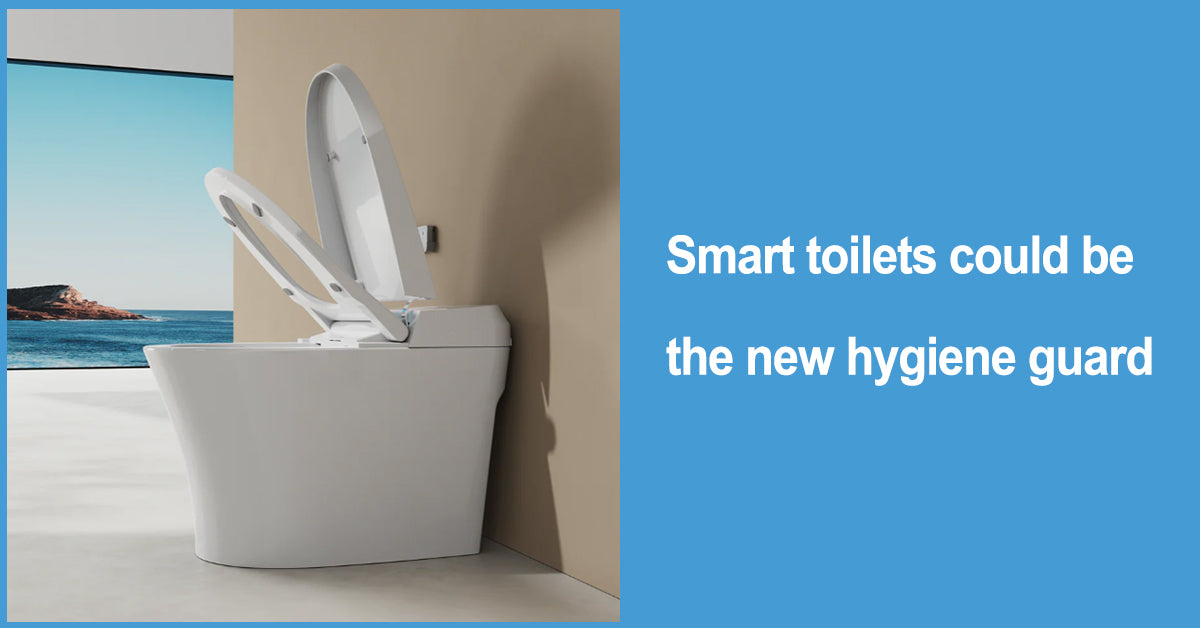
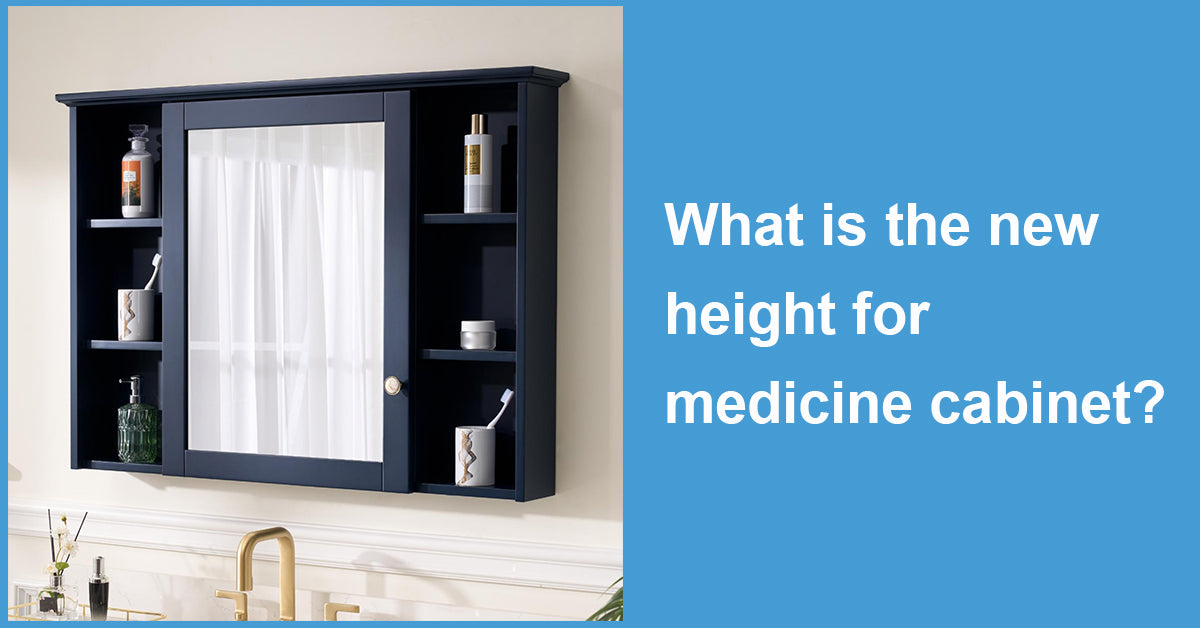



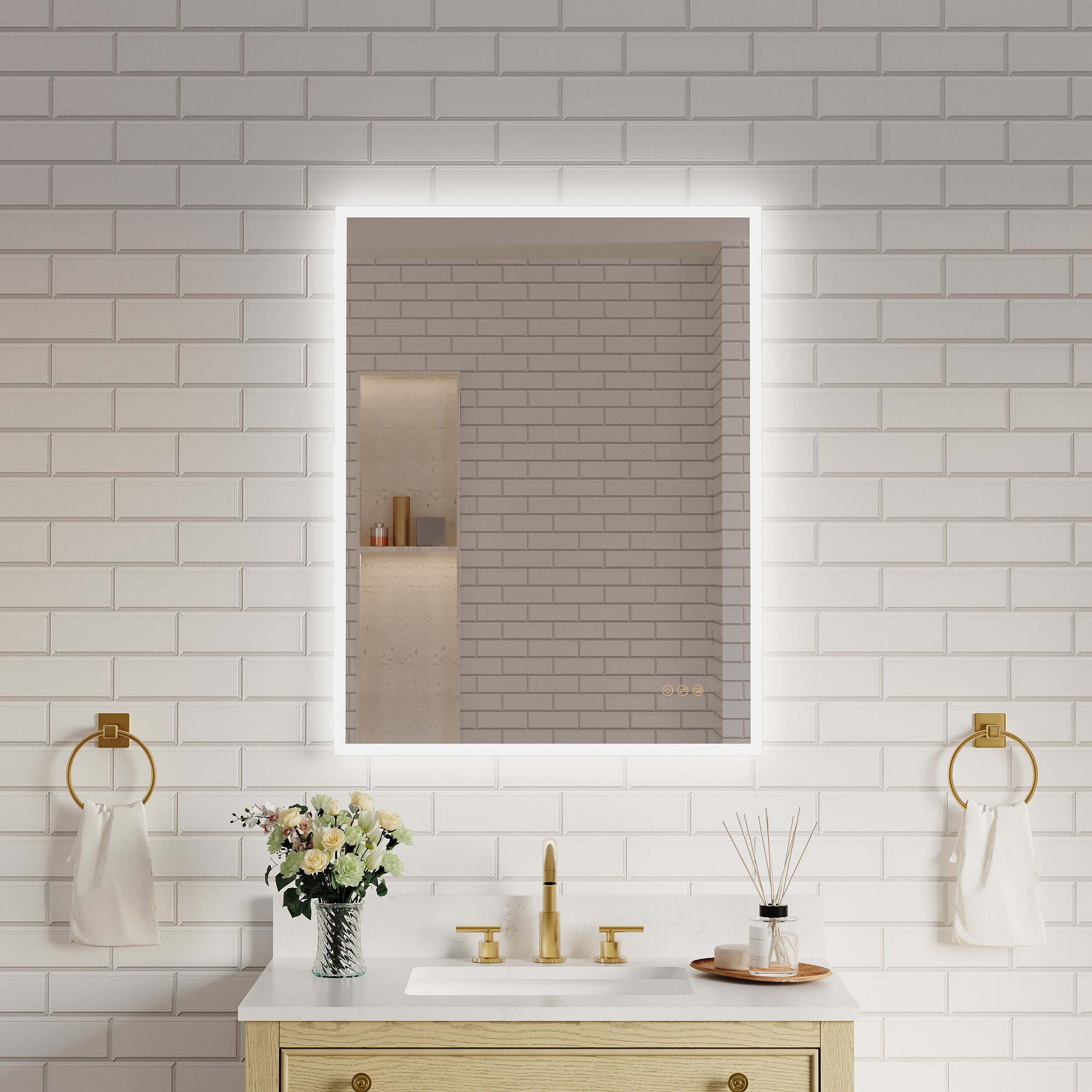



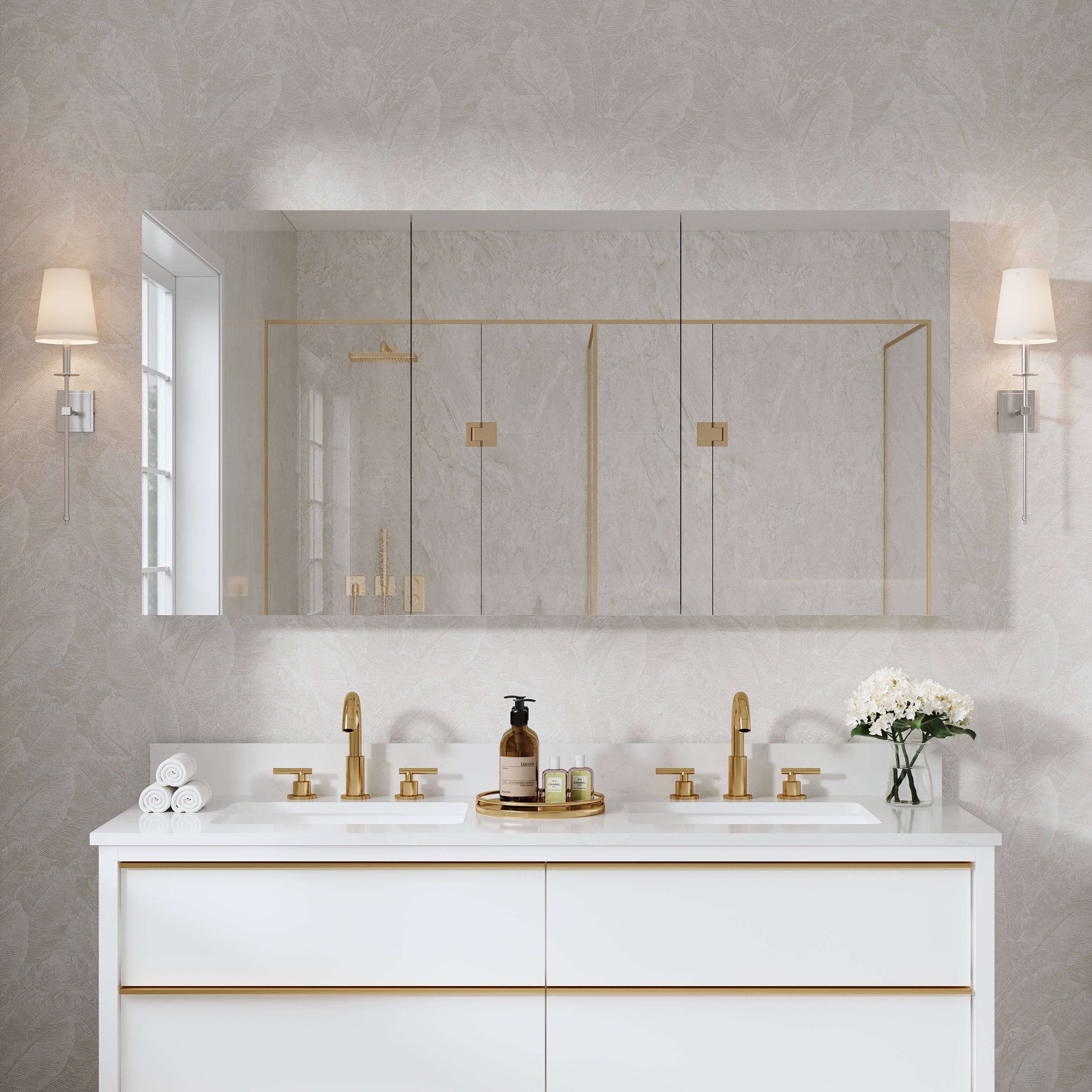

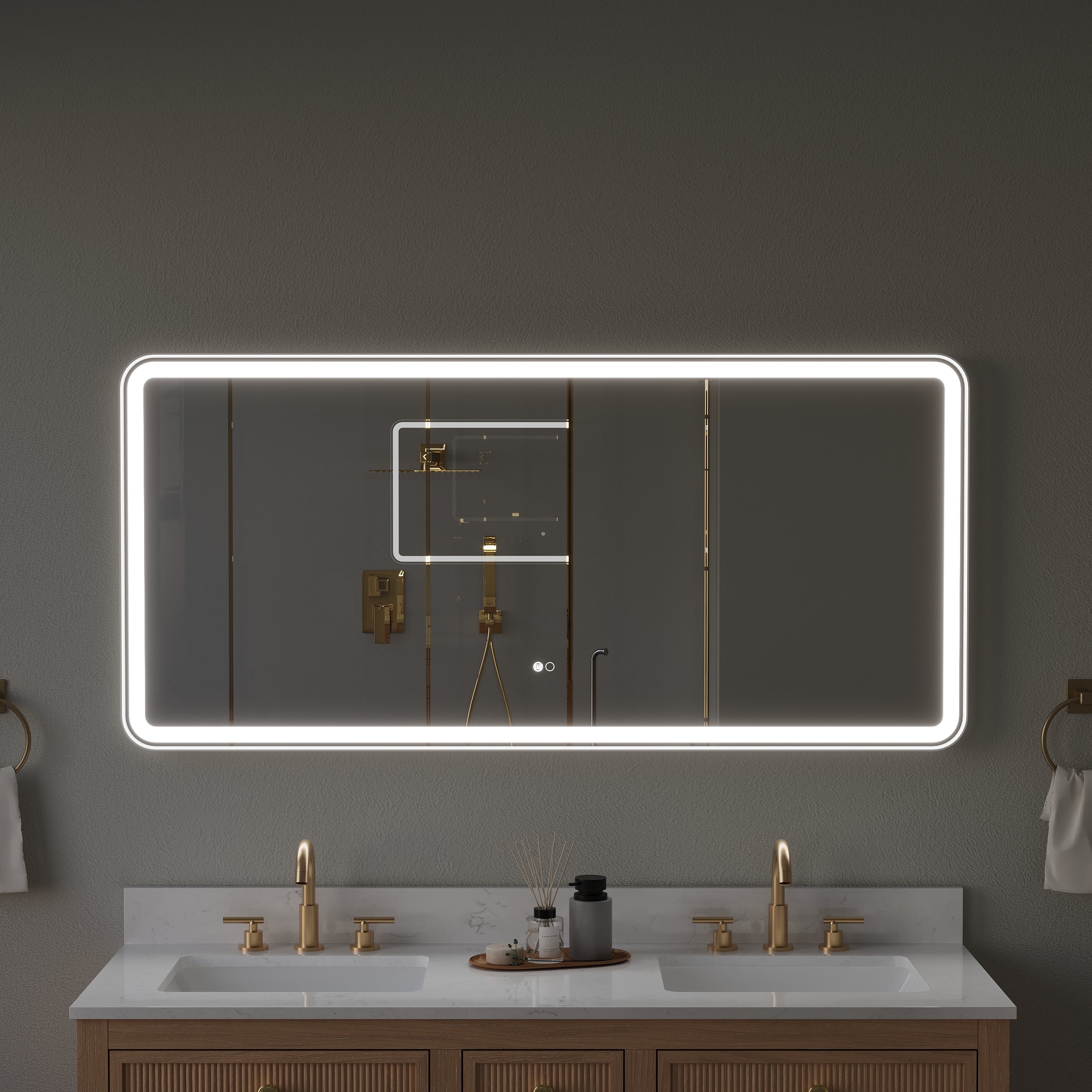
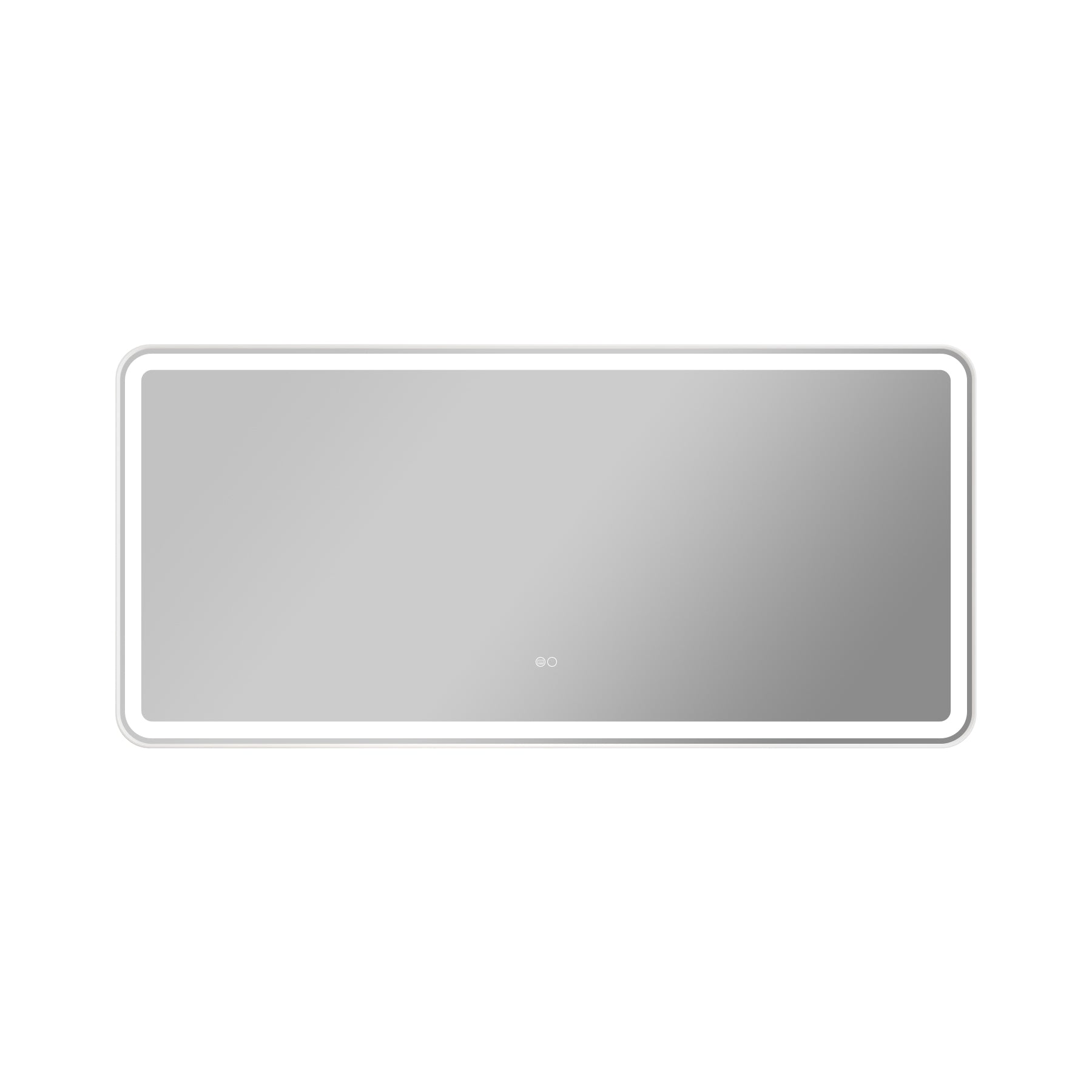

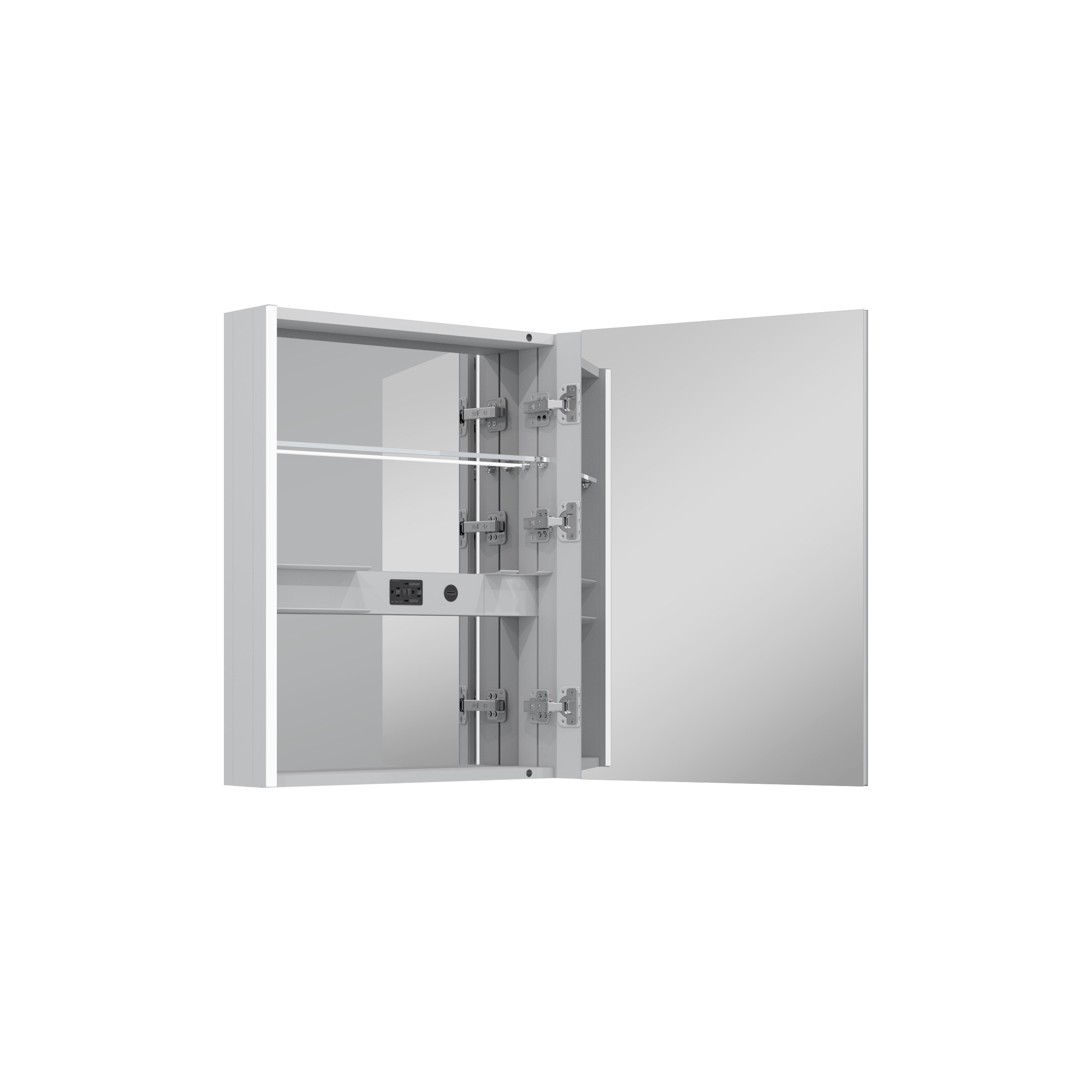
Leave a comment
All comments are moderated before being published.
This site is protected by hCaptcha and the hCaptcha Privacy Policy and Terms of Service apply.